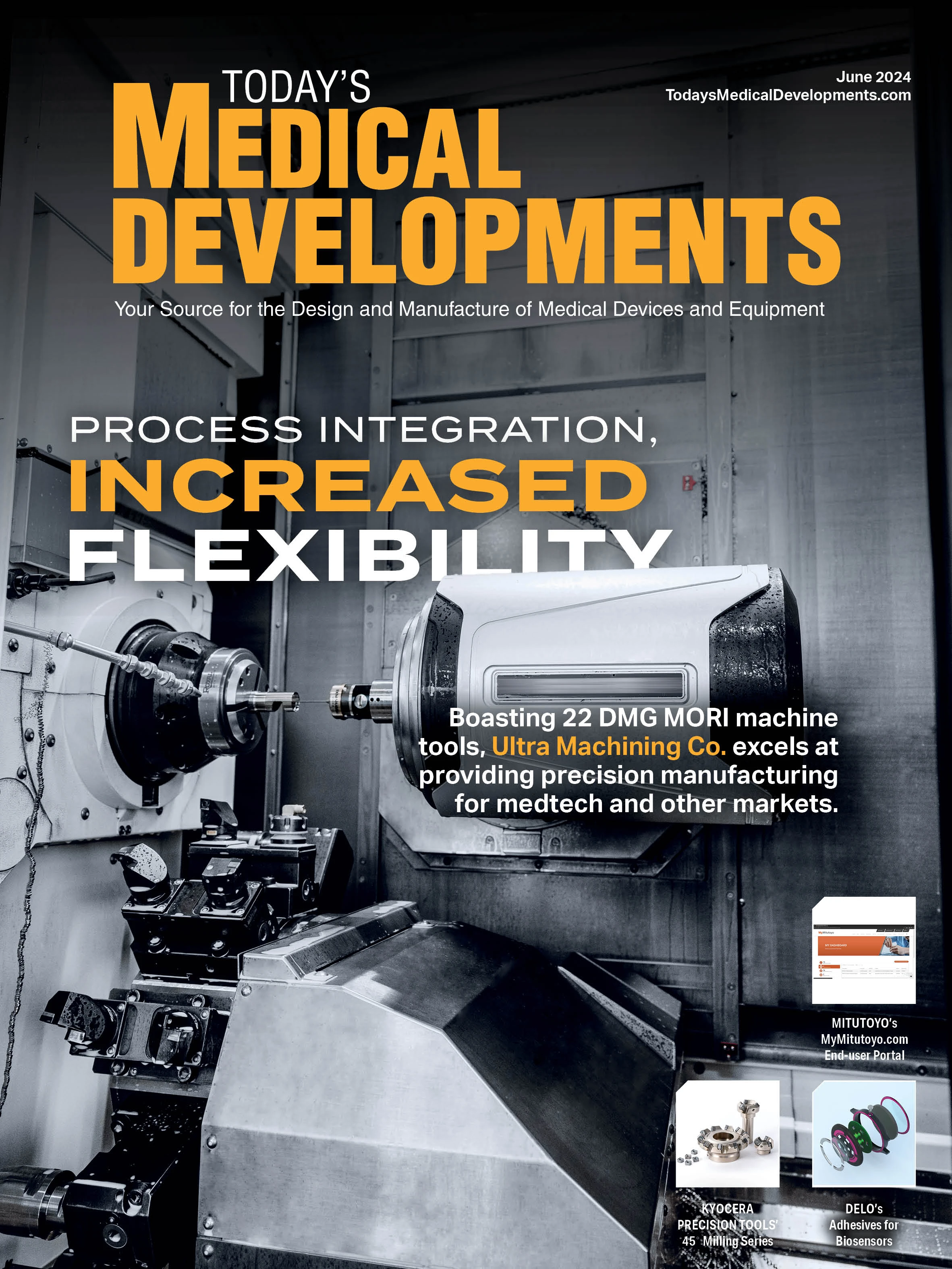
Wearable microfluidic sensors can be used to monitor lactate concentration in sweat, a good indicator of exercise intensity. However, air bubbles present in the sweat can get into the microfluidic channels, hindering measurement. Researchers from Japan have developed a wearable sensor for continuously monitoring sweat lactate during exercise, which incorporates a bubble-trapping region in its microfluidic system. The proposed technology can facilitate athlete training management and health monitoring.
Human sweat is a rich source of health information, offering insights into a person’s hydration level, electrolyte balance, and overall physiological state.
Using the latest microfluidics technology, scientists have developed devices conveying minuscule amounts of sweat to tiny chemical sensors, which can transmit their measurements in real time wirelessly. However, one common problem in such devices is their microfluidic channels tend to trap air bubbles present in the sweat. If these bubbles cover the sensor’s electrodes, the measurements get interrupted, interfering with the continuous monitoring of the target biomarker.
A research team, led by Associate Professor Isao Shitanda from Tokyo University of Science (TUS) in Japan, came up with a novel microfluidic sweat lactate sensor whose measurements remain unaffected by the air bubbles.
The proposed wearable device consists of a relatively simple layered structure – a conventional lactate oxidase sensor attached via double-sided tape to a microfluidic system made of a silicone polymer. When the person wearing the device begins to perspire, the sweat enters the microfluidic channels via four inlets and flows toward a reservoir near which the electrodes are located. Old sweat exits the system through an outlet as new sweat enters, and a small wireless transmitter reports the measured lactate levels.
The key innovation in the proposed design was the use of a larger-than-usual sweat reservoir. “By increasing the length of the reservoir in the microfluidic channel, a space of approximately 4μL was created for trapping any air bubbles that infiltrate the device, thereby preventing them from contacting the electrodes of the sensor,” Shitanda explains.
The researchers tested their sensor in laboratory experiments verifying the bubble-trapping region worked as intended by injecting bubbles into the device while measuring lactate levels in artificial sweat. In addition, the measurements weren’t affected by the sweat flow rate, and the response of the sensor remained stable for approximately two hours. The researchers also tested the device on a male volunteer who exercised on a stationary bike for almost an hour. The sensor showed a lactate concentration correlation ranging from 1mM to 50mM as well as a correlation between sweat and blood lactate levels.
Overall, the results of this study hint at the potential of wearable microfluidic sensors for monitoring sweat biomarkers during exercise.
Only time will tell what training management and healthcare monitoring will look like in the future as wearable sensors become more capable and reliable.
Tokyo University of Science
https://www.tus.ac.jp
Get curated news on YOUR industry.
Enter your email to receive our newsletters.
Explore the June 2024 Issue
Check out more from this issue and find your next story to read.
Latest from Today's Medical Developments
- Pioneering battery-free cardiac implants
- KBC Tools & Machinery marks its 60th anniversary, Founder’s Day
- Address the challenges of machining high-temperature aerospace components
- Elevate your manufacturing operations with April’s Manufacturing Lunch + Learn
- AdvaMed statement on tariff announcement
- Collets – Not all are created equal
- ENGEL expands production capacities in the Americas; new plant opened in Mexico
- MFI brings fast, high-polishing additive parts finishing to Rapid + TCT 2025






